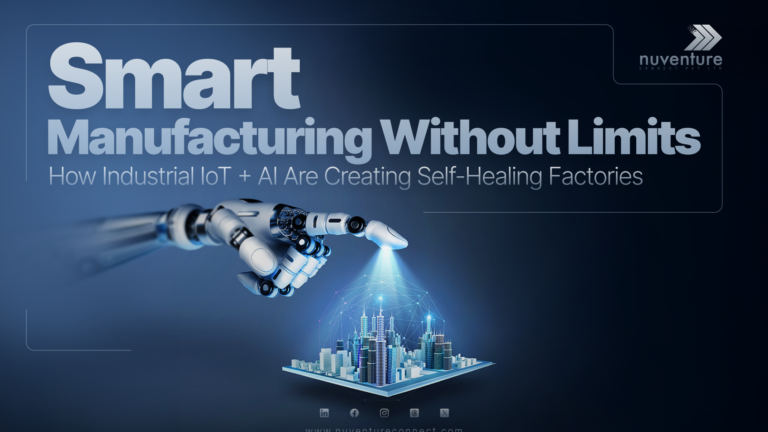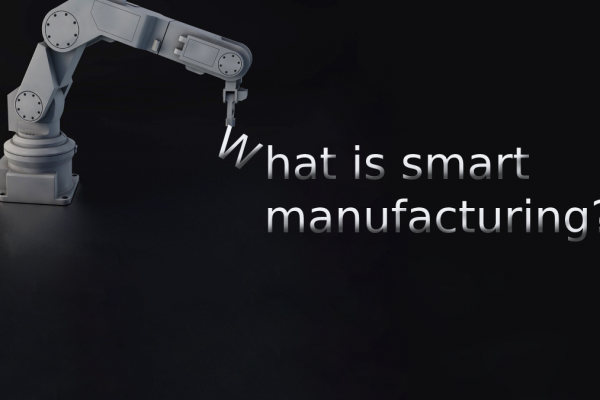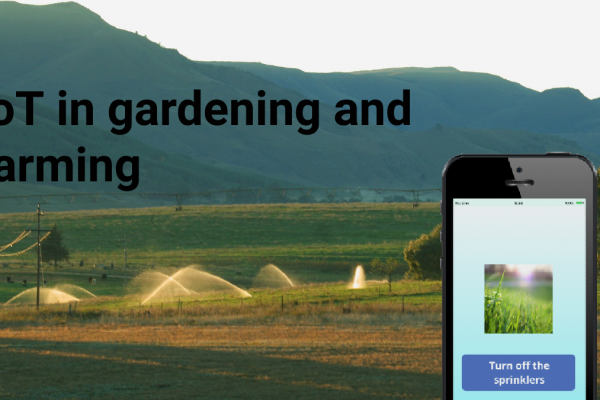Picture this: it’s 3 a.m., a critical machine in your plant begins to vibrate unusually. The system alerts you. Before any damage or production halt, you schedule a repair for the next shift. No emergency shutdown. No rush fixes. No panic. That is the future of manufacturing; and today it’s becoming real through Industrial IoT (IIoT) + AI.
Manufacturers globally are standing at a crossroads. Traditional maintenance models: reactive or calendar‐based, are no longer enough. Unplanned downtime can cost millions, damage reputations, disrupt supply chains. Industry 4.0 demands something better. It demands self-healing factories.
Why the urgency?
- A study found that 82% of manufacturers experienced unplanned downtime in the past three years. On average, those outages lasted four hours and cost about USD 2 million.
- Reactive maintenance is still common: many firms wait for failures before acting. But with maintenance approaches based on data and monitoring, companies reduce unplanned downtime to around 5-6% annually, versus higher rates with reactive strategies.
These numbers show that IIoT is not a “nice-to-have.” It is a must for survival and growth. For production efficiency, supply chain stability, cost control: self-healing factories are no longer optional.
The Core Technology: Predictive Maintenance & Condition Monitoring
At the heart of this revolution is Predictive Maintenance & Condition Monitoring (AI/ML + Sensors). The magic begins with IoT sensors for machinery: vibration, temperature, pressure, acoustic sensors; that continuously feed data.
Here is how it works:
- These sensors detect early signs of wear or failure. A subtle rise in temperature, an irregular vibration or pressure anomaly can be first warning signals.
- The data flows into analytics engines (often cloud or hybrid edge/cloud). Machine learning models analyze trends, correlate unusual signals, and forecast potential failure points.
- Maintenance teams get warnings ahead of time. They schedule repairs, replace parts before catastrophic breakdowns.
Real-world results:
- Maintenance costs drop by 18-25%, unplanned downtime can fall by up to 50% when predictive maintenance is properly deployed.
- Equipment lifespan can be extended by 20-40%, since wear is caught early.
- Production delays drop, since fewer machines fail suddenly and maintenance can be planned during low impact windows.
Connecting the Dots: IoT, Digital Twins, and Process Optimization
While predictive maintenance and machine health monitoring provide the foundation, they are not enough in isolation. To truly unlock smart factories without limits, technologies around Digital Twins, Automation Solutions, and Manufacturing Analytics join the journey.
- Digital Twins are virtual replicas of machines, lines, even whole factories. They run on real-time data from IoT sensors. With them, you can simulate what happens when you change settings, swap parts, alter material flows, before touching any real hardware.
- Example: Companies using digital twins report up to 50% reduction in product development time; unexpected work stoppages reduced by ~ 20%.
- Digital twins combined with IoT data can improve Overall Equipment Effectiveness (OEE) by 30%, reduce energy use, cut waste.
- Process Optimization & Supply Chain Optimization emerge when data from machines, sensors, and twins feed into analytics that find bottlenecks, optimize throughput, balance workloads, forecast demand.
- Futuristic tools like digital simulations, augmented reality (AR) / virtual reality (VR) for maintenance training, or using robots and drones for inspection in dangerous zones are becoming viable. These are not futurist fantasies; some manufacturers are already piloting them.
Emotion & Vision: Why IIoT Is No Longer Optional
Imagine losing a large order because a critical part failed at midnight. Or facing customer backlash because of delayed delivery. Or huge costs spent in emergency repairs instead of planning. These are emotional and financial hits that keep plant managers awake.
IIoT + AI bring the hope of stability, predictability, and resilience. Self-healing factories are factories that:
- Feel safer: Because machines warn you before failure, reducing hazards.
- Feel more in control: You are no longer at the mercy of chance.
- Promise freedom: You can focus on innovation rather than firefighting.
In the near future, with Industry 5.0 merging in, factories will become more than smart, they will become adaptive ecosystems. Think of robotic arms that adjust force by themselves, AR glasses that overlay diagnostics on live machines, digital twins acting as “shadow factories” continuously optimizing, supply chain flows that shift automatically when demand or disruptions occur. It is a world where production efficiency is close to ideal, where downtime is rare, maintenance schedules are predictive, not reactive.
Why Nuventure Is Your Best Partner on This Journey
With over 15 years of experience in digital transformation, Nuventure is not just a vendor, it is your ally in building a future-ready factory. Our expertise in end-to-end IoT solutions, AI + ML, machine health monitoring, digital twins, automation solutions has helped many manufacturers transition from symptom treatment to predictive control.
We have helped clients reduce unplanned downtime by double digits, optimize production schedules, improve supply chain visibility, and deploy IoT sensors for machinery that deliver reliable data. Our teams combine domain knowledge, field experience, and deep technical skills so that when you partner with Nuventure you get more than technology; you get results.
The Path Forward: From Vision to Action
To build a self-healing factory, take these steps:
- Audit your critical machines: understand where failures hurt the most.
- Deploy IoT sensors for machinery on those machines: vibration, temperature, pressure, acoustic.
- Set up analytics / AI/ML pipelines to monitor condition, predict issues.
- Build or integrate digital twins for simulation and what-if planning.
- Use manufacturing analytics for process optimization, feeding insight into supply chain and production efficiency.
Or simply partner with Nuventure, and initiate your IoT transformation journey.
The machines are ready. The sensors are ready. The AI is ready. The future is not far. For manufacturers who act now, self-healing factories are not a dream, they are the competitive edge.




